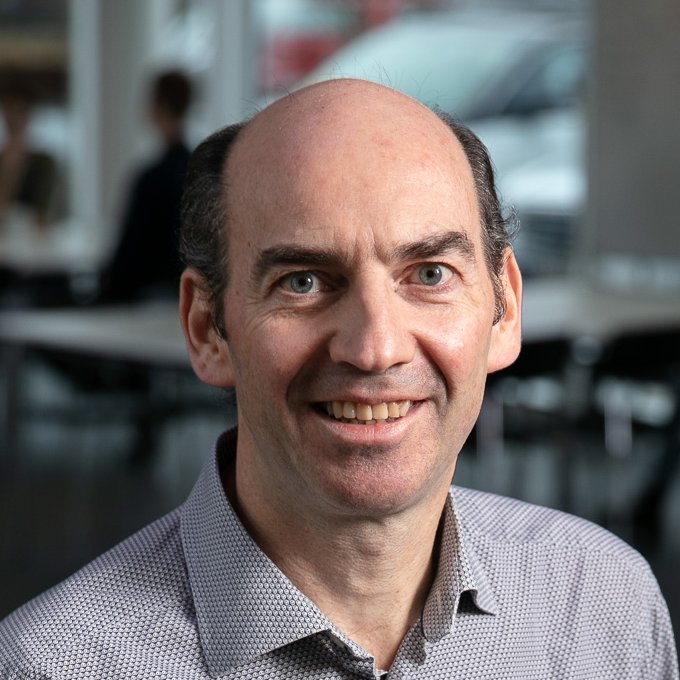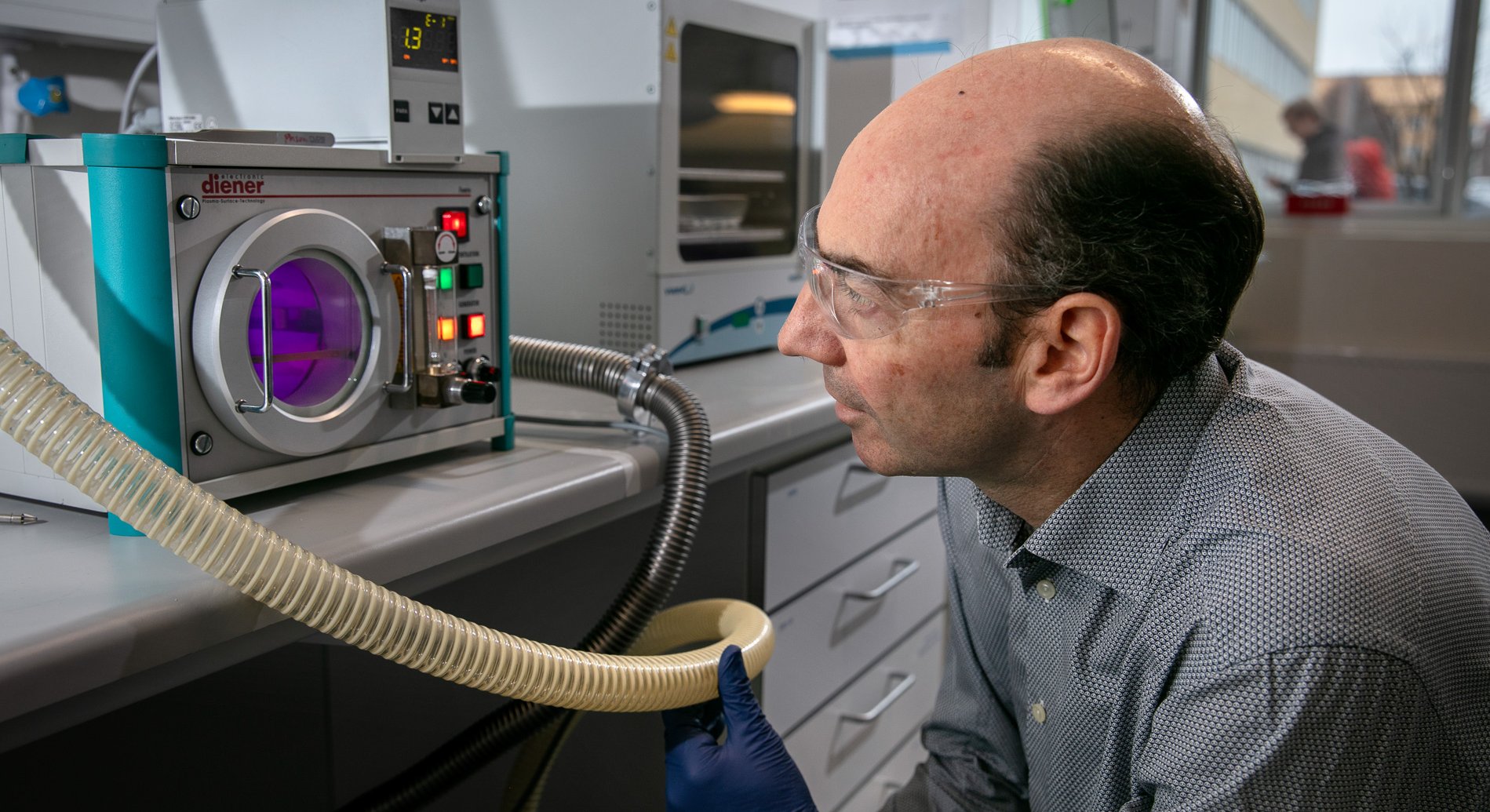The CELPPLUS team has developed cell culture wells that make cells feel more at home in the lab.
During the 2 year project (2021-2023), the team used nanotechnological approaches to deposit protein patterns on the bottom of cell culture wells. The purpose was to make the cells feel at home, because - similar to humans - they behave differently when they are not at home. If the cells in the lab don't mimic the behaviour of the cells in our body, it is very difficult to translate reserach results from the lab to a clinical setting.
Therefore, by placing, proteins from the cells' natural environment on the surface of the culture wells, the CELPPLUS team makes sure that the cells receive signals that better mimic their natural environment in the human body.
Further below, you will find a link to the CELPPLUS video recorded at the beginning of the project. You can also read an article on how the CELPPLUS team developed the cell culture wells and what their hopes are for future collaborations on the CELPPLUS assay.
THE CELPPLUS TEAM
Academic team members
- Duncan Sutherland, Professor, Aaarhus University
- Claus Johansen, Assoc. Professor, Aaarhus University (Hospital)
Industrial team member
- Andreas Herchenhan, LEO Pharma
ARTICLES FROM THE CELPPLUS PROJECT
- Shahrokhtash A et al. 2023. Microplate Format Protein Nanopatterning for High-Throughput Screening of Cellular Microenvironments. Preprint. doi: https://doi.org/10.1101/2023.11.19.567703

ABOUT ODIN
We unite bright minds from industry and academia to jointly create need-driven clinical research projects - and pave the way for innovative new treatments and diagnostics. We fund the best project ideas through competitive funding calls. Although companies cannot receive funding, it is free of charge to join.
The platform is sponsored by the Novo Nordisk Foundation with 180 million DKK from 2024-2029.
CONTACT ODIN
You are welcome to contact us if you have questions or comments. Reach out to odin@au.dk or find the Secretariat's direct email addresses under contacts.
Although the platform spans five Danish universities, we're based in Aarhus. Our office is located at Aarhus University, Ny Munkegade 120, blg 1521-214.


